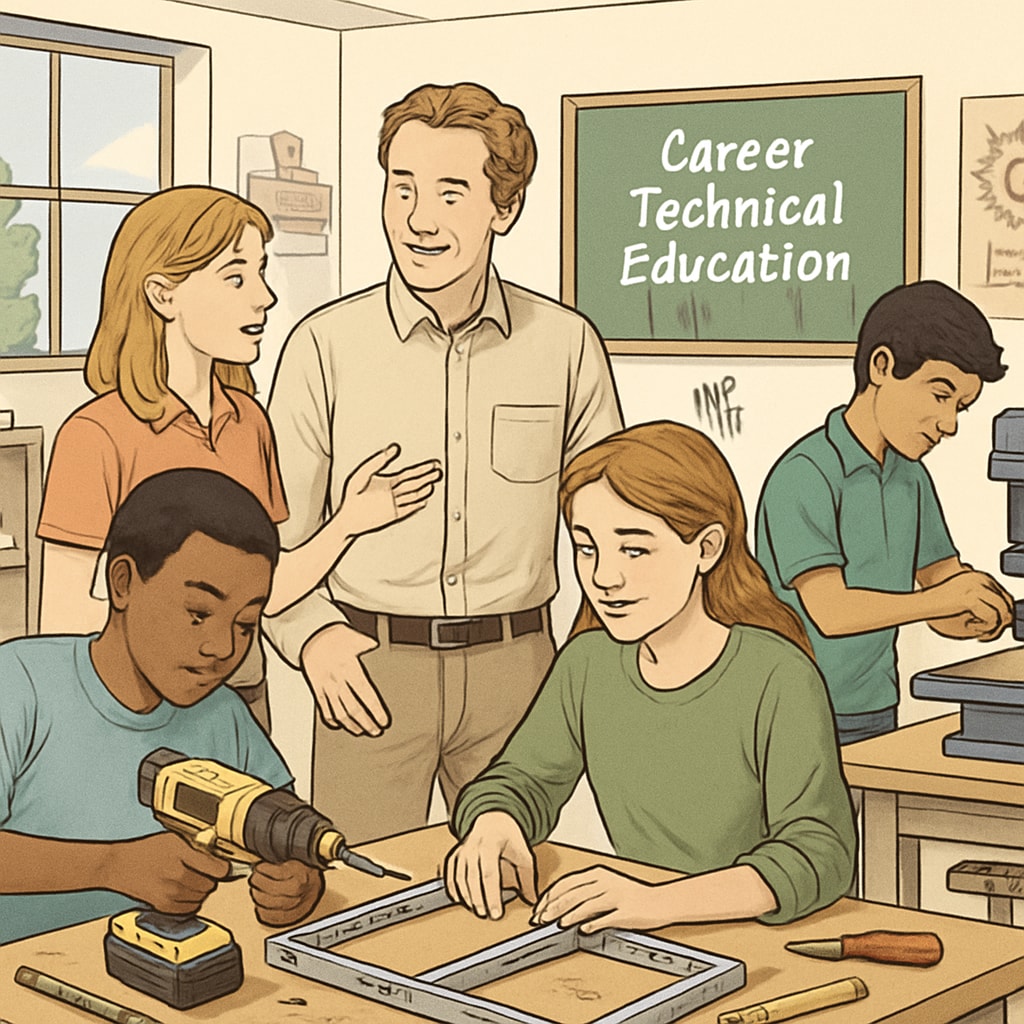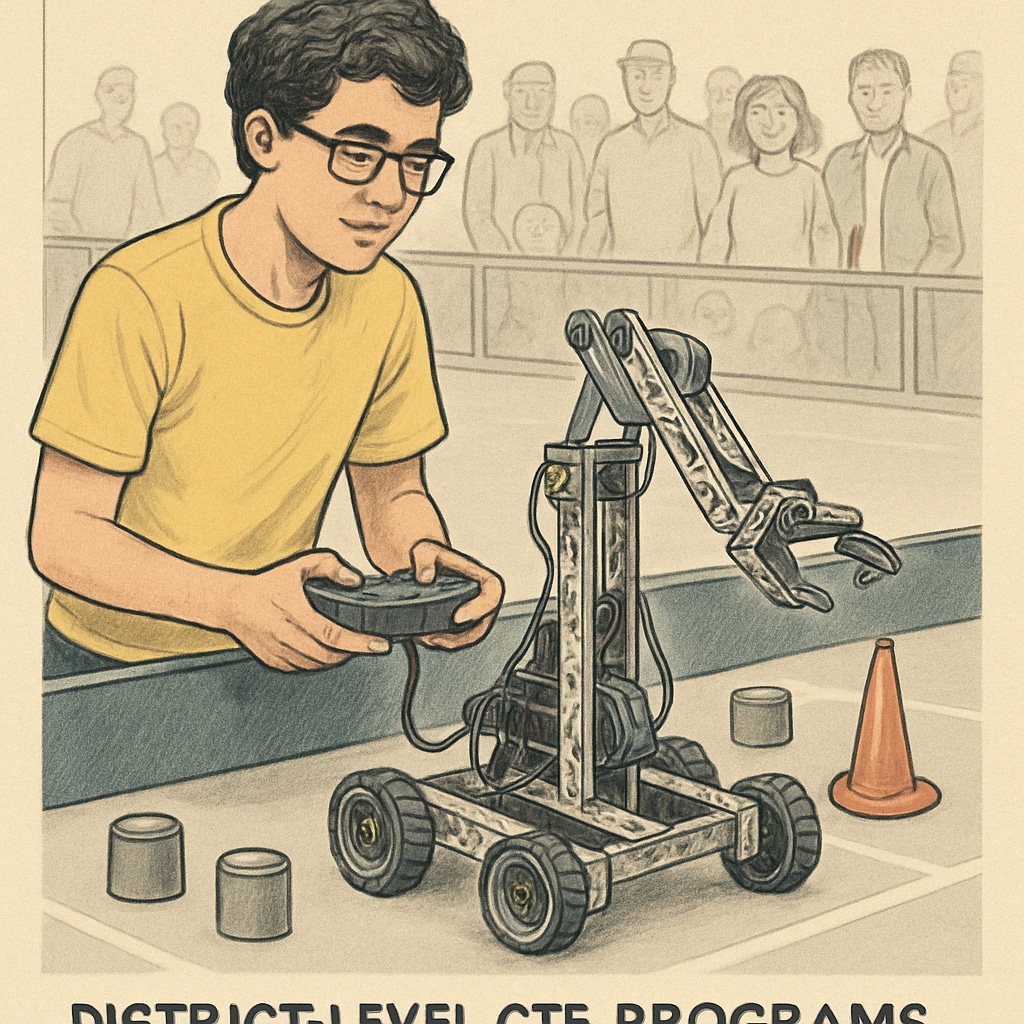Career and Technical Education (CTE), district implementation, and traditional subjects are integral components of modern K12 education. As the landscape of educational needs evolves, it becomes increasingly crucial to strike a balance between preparing students for career-specific skills and fostering a robust foundation in traditional academic disciplines. This article delves into the role of CTE in K12 systems, highlights diverse implementation models across districts, and offers actionable strategies for educators and policymakers to harmonize these educational priorities.
The Growing Importance of Career and Technical Education
CTE offers students the opportunity to gain practical, career-oriented skills alongside their academic studies. As industries demand a workforce equipped with hands-on expertise, CTE programs are becoming a vital part of K12 education. These programs prepare students for careers in fields like healthcare, technology, manufacturing, and arts, ensuring they are ready to meet real-world challenges upon graduation.
However, traditional subjects such as mathematics, science, literature, and history remain equally important for developing critical thinking, communication, and problem-solving skills. Balancing these two facets of education requires a thoughtful approach to curriculum design and resource allocation.

Implementation Models Across School Districts
School districts across the nation have adopted varying approaches to integrating CTE into their curricula. Some districts focus on standalone academies dedicated to specific trades, while others embed CTE courses within traditional high schools. For example, magnet schools often specialize in areas like engineering or culinary arts, offering students immersive experiences alongside core academic subjects.
In addition, dual-enrollment programs allow students to earn college credits or certifications while still in high school. Such initiatives provide a seamless transition from secondary education to higher education or the workforce. Districts must carefully evaluate which model aligns best with their community’s needs and resources.

Strategies for Integrating CTE and Traditional Curricula
Effective integration of CTE and traditional subjects requires collaboration between educators, administrators, and industry partners. Below are practical strategies for achieving this balance:
- Cross-disciplinary Projects: Encourage projects that combine technical skills and academic knowledge. For instance, a robotics project can integrate physics and engineering concepts.
- Professional Development for Teachers: Provide training to help teachers incorporate CTE elements into traditional subjects, fostering interdisciplinary teaching methods.
- Flexible Scheduling: Offer block scheduling to allow students adequate time for both academic and technical courses.
- Community Partnerships: Collaborate with local industries to align CTE programs with workforce demands and provide students with internship opportunities.
As a result of these strategies, students receive a well-rounded education that prepares them for both higher education and immediate career opportunities.
The Way Forward for Policymakers
Policymakers play a pivotal role in supporting the integration of CTE and traditional curricula. Funding allocation for CTE programs, teacher training initiatives, and infrastructure development is essential. Furthermore, creating standardized frameworks for CTE implementation across districts can ensure consistency and equity in access to these programs.
It is equally important to engage parents and the community in discussions about the benefits of CTE, dispelling misconceptions that it is solely for students who do not pursue higher education. Industry-aligned CTE programs can complement academic pathways, enhancing overall student outcomes.
In conclusion: Balancing Career and Technical Education with traditional subjects is key to shaping a future-ready workforce. By fostering collaboration, adopting innovative implementation models, and ensuring equitable access, educators and policymakers can create a holistic K12 education system that prepares students for success in both academic and professional realms.


